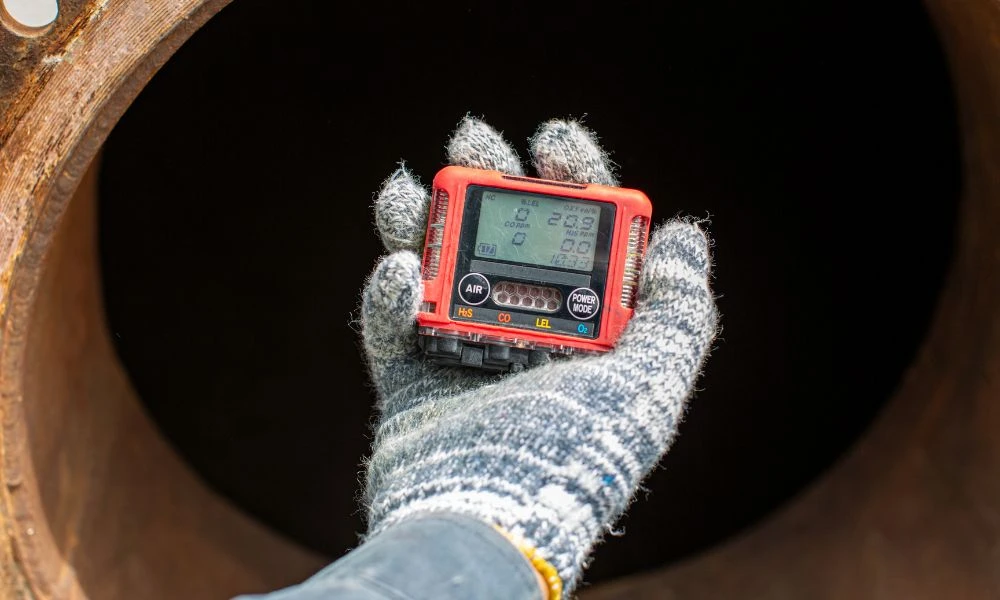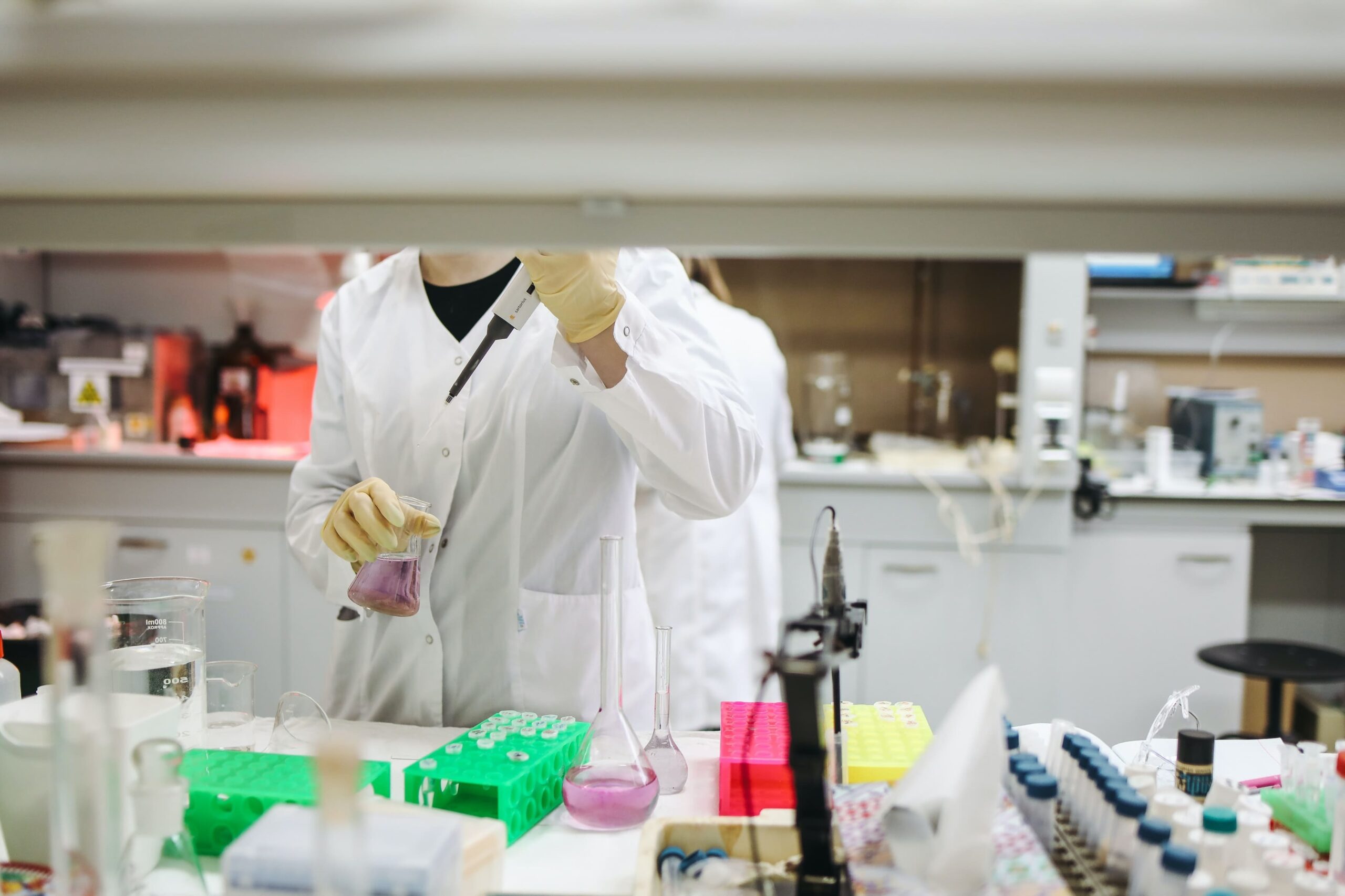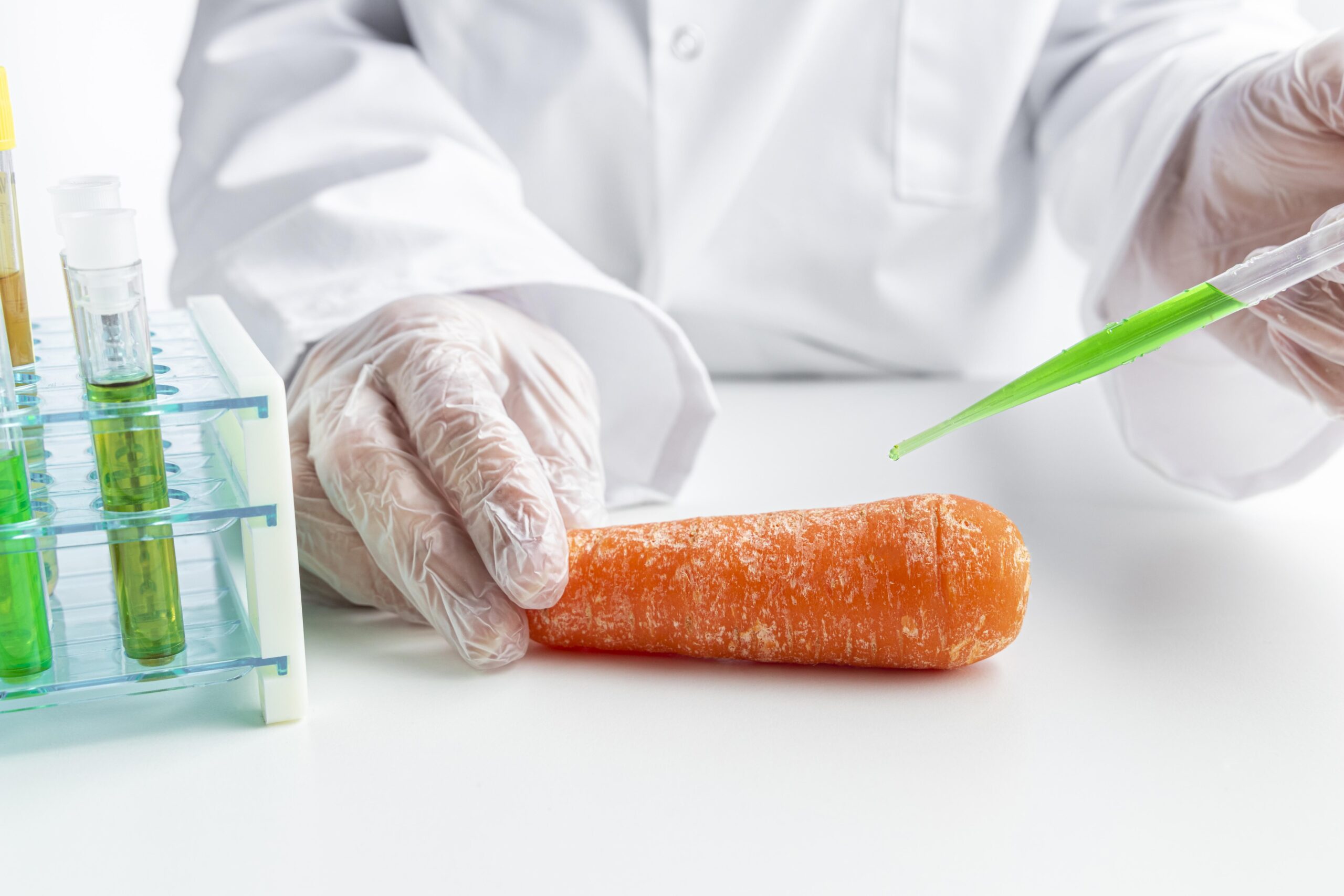In the fast-paced and competitive business world, where companies are relentlessly pursuing ways to enhance productivity and employee well-being, the often overlooked aspect of maintaining optimal Indoor Air Quality Testing in workspaces emerges as a critical factor.
This facet, despite being underestimated, plays a pivotal role in influencing the overall health, productivity, and satisfaction of the workforce. The quality of the air within workplaces is a cornerstone for success, impacting the efficiency and well-being of employees.
Recognizing the significance of IAQ in the broader context of organizational success becomes imperative as businesses navigate the complexities of modern operations. The air we breathe at work is not a mere background concern; it is a foundational element for building a thriving, resilient, and forward-thinking business.
In this blog post, we'll delve into the importance of Indoor Air Quality Testing in Workspaces and explore how it impacts workplace health, business productivity, and overall employee well-being.
Understanding Indoor Air Quality (IAQ)
Indoor Air Quality (IAQ) is a crucial factor that directly affects the well-being and comfort of people inside and around buildings. Poor IAQ can lead to respiratory problems, headaches, fatigue, and other health issues.
Given that people spend a significant amount of time in workplace environments, it is essential to prioritize maintaining high IAQ. This is vital for promoting a healthy and productive workforce, as the air quality indoors has a significant impact on employees' overall health and performance.
The Link Between Indoor Air Quality Testing and Workplace Health
Workplace health is a multifaceted concept that encompasses the physical, mental, and social well-being of employees. The quality of the indoor environment plays a crucial role in influencing the overall health of individuals in a workplace.
Compromised Indoor Air Quality (IAQ) can contribute to the development of respiratory conditions, allergies, and other health issues among employees. Regrettably, this triggers a chain reaction, leading to increased sick leave and a subsequent decline in workplace productivity.
Therefore, ensuring optimal IAQ not only protects the well-being of employees but also plays a key role in maintaining a vibrant and efficient work environment.
Check out our blog on the link between indoor air quality and health issues for a better understanding of this section.
Enhancing Business Productivity Through Indoor Air Quality Testing in Workplace
The link between business productivity and the well-being and performance of employees is undoubtedly strong. Numerous studies have consistently shown that employees working in environments with good Indoor Air Quality (IAQ) demonstrate higher cognitive function, improved concentration, and an overall increase in productivity.
Recognizing this connection, businesses can benefit significantly by prioritizing Indoor Air Quality Testing in Workspaces. By doing so, companies can strategically position themselves to enhance their workforce's performance and efficiency.
Essentially, investing in IAQ testing becomes a proactive and informed measure, aligning with the overarching goal of fostering a workplace environment that not only supports the health of employees but also maximizes their potential and output.
Employee Well-being and Corporate Responsibility
Employee well-being goes beyond mere business concerns; it represents a fundamental principle of corporate responsibility. Establishing a safe and healthy work environment is not only a smart business practice but also a moral obligation that businesses should fully adopt.
By investing in Indoor Air Quality (IAQ) testing and actively implementing solutions to maintain high air quality standards, companies demonstrate their commitment to the well-being of their employees.
These efforts extend beyond the concrete benefits of a healthy workforce; they contribute to the development of a positive company culture. Prioritizing employee health not only aligns with ethical standards but also resonates with employees, nurturing a sense of loyalty, trust, and pride in being part of an organization that values their well-being.
Ultimately, investing in IAQ testing becomes a tangible demonstration of a company's dedication to its most valuable asset—its workforce.
Discover the role of advancing air quality testing methods in our blog The Role of Technology in Advancing Air Quality Testing Methods.
The Role of Ventilation Systems and HVAC Maintenance
Maintaining optimal Indoor Air Quality (IAQ) is closely linked to the proper functioning of ventilation systems and Heating, Ventilation, and Air Conditioning (HVAC) units in workplaces. Regular maintenance of these systems is crucial to prevent the buildup of airborne contaminants, ensuring a continuous supply of clean air.
Indoor Air Quality testing plays a vital role in identifying potential issues with ventilation and HVAC systems, enabling businesses to take proactive measures to promptly address any concerns. This approach not only safeguards IAQ but also contributes to energy efficiency and overall cost-effectiveness.
Ultimately, the synergy between IAQ testing and system maintenance demonstrates a commitment to employee well-being, environmental responsibility, and the creation of a healthy, efficient, and sustainable workplace.
Meeting Air Quality Standards and Health and Safety Compliance
Ensuring compliance with established air quality standards is not just a legal requirement but a crucial aspect of workplace health and safety. Indoor Air Quality (IAQ) testing is a vital tool for businesses, allowing them to monitor and maintain air quality within regulatory limits.
Regular IAQ testing helps companies proactively identify and resolve potential issues, reducing the risk of health problems related to poor air quality. This commitment not only promotes a safe and healthy workplace but also ensures strict compliance with occupational health and safety regulations.
It demonstrates to the organization's dedication to its employees' well-being and meeting legal requirements. Ultimately, IAQ testing is an essential part of a comprehensive strategy to establish a work environment that prioritizes both regulatory compliance and employee health.
Addressing Sick Building Syndrome and Environmental Health
Sick Building Syndrome (SBS), a condition associated with poor indoor air quality, presents symptoms such as headaches, dizziness, and irritation among occupants. The role of Indoor Air Quality (IAQ) testing is crucial in identifying and addressing the factors contributing to SBS.
Through comprehensive IAQ testing, businesses can gain insights into potential air quality issues, enabling targeted measures to establish a healthier workplace environment.
Prioritizing environmental health through IAQ testing is not only a reactive approach to address immediate concerns; it is a proactive strategy essential for preventing long-term health issues among employees.
By identifying and addressing factors contributing to SBS, businesses can cultivate a workplace environment that not only complies with health and safety standards but also promotes the well-being of their workforce.
Ultimately, this approach not only addresses immediate symptoms but also contributes to the creation of a sustainable and health-conscious workplace that prioritizes the long-term health of employees.
Implementing IAQ Solutions for Building Wellness
To tackle concerns about Indoor Air Quality (IAQ), businesses can adopt customized solutions such as upgrading ventilation systems, installing air purifiers, and incorporating indoor plants.
These efforts are designed to enhance indoor air quality and promote workplace well-being. Conducting IAQ testing is essential for evaluating the effectiveness of these actions, allowing businesses to refine their strategies based on valuable data.
This continuous process ensures continual enhancement, resulting in a healthier and more conducive indoor environment for employees.
Check out how SMS LABS expertly performs Air Quality Testing for your business.
Conclusion:
Prioritizing Indoor Air Quality Testing in Workspaces is a proactive and strategic approach for businesses looking to create a healthy, productive, and safe workplace environment. From enhancing workplace health and business productivity to fulfilling corporate responsibility, the benefits of maintaining optimal IAQ are far-reaching.
As businesses strive for excellence, investing in IAQ testing becomes a cornerstone for building a workplace that prioritizes the well-being of its most valuable asset—its employees.



